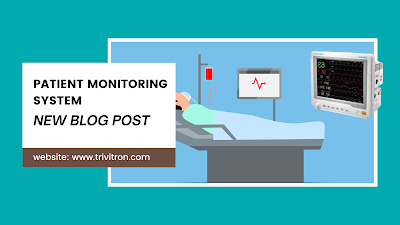Patient Monitoring and EHRs: Transforming Healthcare Through Integrated Data
In the ever-evolving landscape of healthcare, the integration of patient monitoring systems with electronic health records (EHRs) is transforming patient care. This synergy ensures a holistic and dynamic perspective on patients' health, facilitating well-informed decisions, improved outcomes, and an elevated quality of care.
Traditionally, patient monitoring systems operated independently, resulting in challenges like disjointed information transfer, incomplete vital sign records, and limited analytical capabilities. The integration of these systems with EHRs resolves these issues, offering a centralized data repository encompassing vital signs, lab results, medical history, and treatment plans.
The benefits of this integration are manifold. Real-time monitoring enables immediate responses to critical changes, supporting enhanced decision-making and streamlined workflows. Automated data transfer eliminates manual errors, and predictive analytics aids in proactive patient care.
Trivitron Healthcare emerges as a leader in this paradigm shift, prioritizing seamless EHR connectivity in its patient monitoring solutions. The iVita series, tailored for various healthcare settings, ensures easy data transfer and comprehensive visualization within the patient's clinical record. Customization and flexibility further characterize Trivitron's offerings, accommodating diverse patient monitoring needs.
Successful implementation of integrated systems requires careful consideration. Compatibility assessments, adherence to data standards, robust security protocols, and comprehensive training for healthcare staff are crucial elements.
Looking ahead, the integration of patient monitoring with EHRs signifies a monumental stride in patient care. The combined power of real-time data and comprehensive patient histories empowers clinicians to deliver precise, timely, and proactive patient management. Pioneering companies like Trivitron Healthcare play a pivotal role in realizing this future, optimizing patient monitor prices for increased accessibility. As the healthcare landscape continues to evolve, the integration of these technologies promises a future where patient care is elevated through seamless connectivity and advanced monitoring capabilities.



Comments
Post a Comment